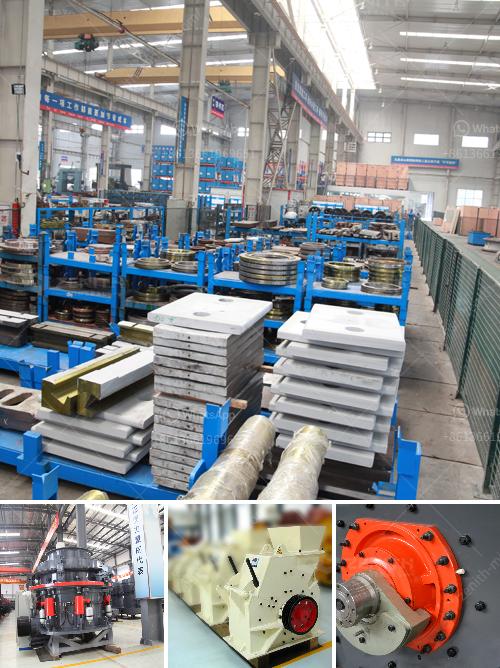A vibrating screen works by using a motor to create vibrations that shake the screen. Here's a step-by-step explanation:
Motor and Eccentric Weights: A vibrating screen includes a motor with eccentric weights attached to it. When the motor runs, these weights create centrifugal forces that generate vibrations.
Screen Frame and Deck: The motor is attached to a screen frame, which holds one or more decks of screening media, such as woven wire mesh or perforated plates.
Vibration: As the motor rotates, the eccentric weights produce vibrations that are transferred to the screen frame and the material placed on the screen deck.
Particle Separation: The vibrations cause the material on the screen deck to move in a controlled manner. Smaller particles fall through the screen openings, while larger particles remain on top and continue to move forward.
Isolation Devices: Springs or rubber mounts are used to isolate the vibrating screen from its support structure, minimizing the transmission of vibrations to the foundation.
Output: As the process continues, separated materials are collected at different outlets.
Vibrating screens are widely used in industries such as mining, agriculture, pharmaceuticals, food processing, and recycling for efficient screening and sorting of materials based on size.
